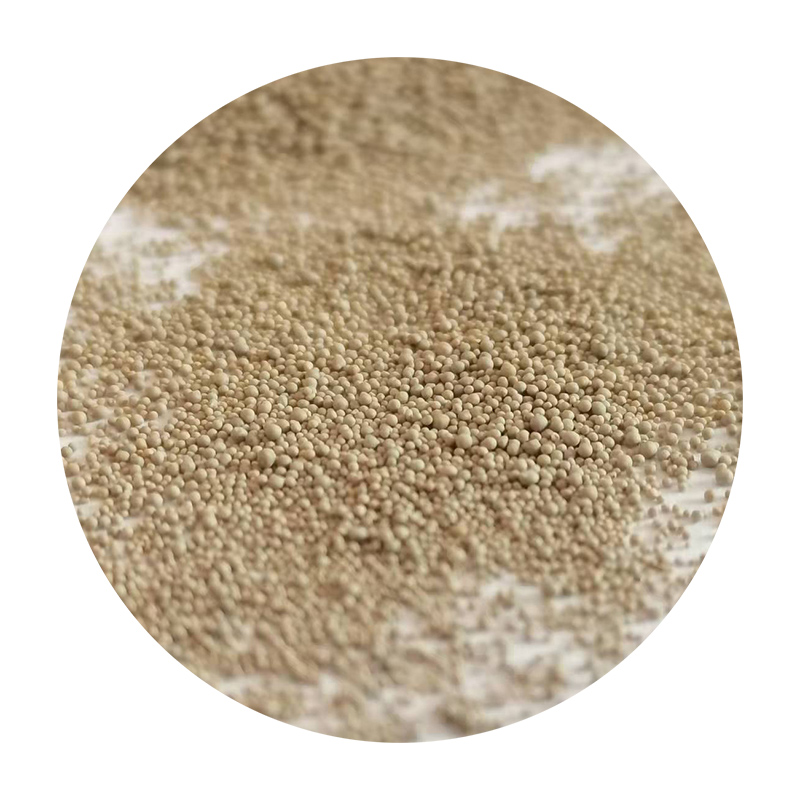The Significance of Coated Sand in Modern Industries
Coated sand, an innovative material, has emerged as a crucial element across various industries, particularly in construction, foundries, and oil drilling. This specialized sand is treated with a coating that enhances its properties, making it more versatile and effective in diverse applications. Understanding the benefits and uses of coated sand can shed light on its growing importance in today’s industrial landscape.
One of the primary advantages of coated sand is its improved performance in casting processes. In the foundry industry, coated sand is used to produce molds and cores for metal casting. The coating, typically made of resin or other binding agents, helps prevent sand particles from sticking together, ensuring a smooth surface finish on the final product. This is critical for achieving high-quality castings with intricate details, reducing the need for extensive post-processing.
Additionally, coated sand plays a vital role in enhancing the efficiency of the oil and gas industry
. In hydraulic fracturing, or fracking, coated sand is utilized as a proppant. The coating on the sand grains provides enhanced strength and stability, allowing them to withstand the extreme pressures encountered during drilling. This not only improves the flow of hydrocarbons but also minimizes the risk of sand-related issues that can compromise the safety and success of drilling operations.coated sand

The construction sector also benefits significantly from the use of coated sand. It is employed in producing high-performance concrete and asphalt mixtures. The coated particles improve the bonding properties of these materials, resulting in stronger and more durable structures. As cities expand and infrastructure demands increase, the need for reliable construction materials has become more critical, and coated sand provides an effective solution.
Moreover, the environmental impact of coated sand production is an area of growing research. By creating coatings that reduce dust emissions during sand handling and providing enhanced properties that allow for lower material usage, the industry is advancing towards more sustainable practices. This aligns with global initiatives to minimize environmental footprints and promote responsible resource management.
In conclusion, coated sand has established itself as an indispensable material in various industrial applications. Its unique properties enhance the performance of products in foundries, oil drilling, and construction, reflecting a significant development in material science. As industries continue to evolve and seek more efficient and sustainable solutions, the role of coated sand is likely to expand further, making it a key player in shaping the future of modern manufacturing and construction practices.
Post time:сеп. . 01, 2024 23:03
Next:Different Types of Foundry Sand
